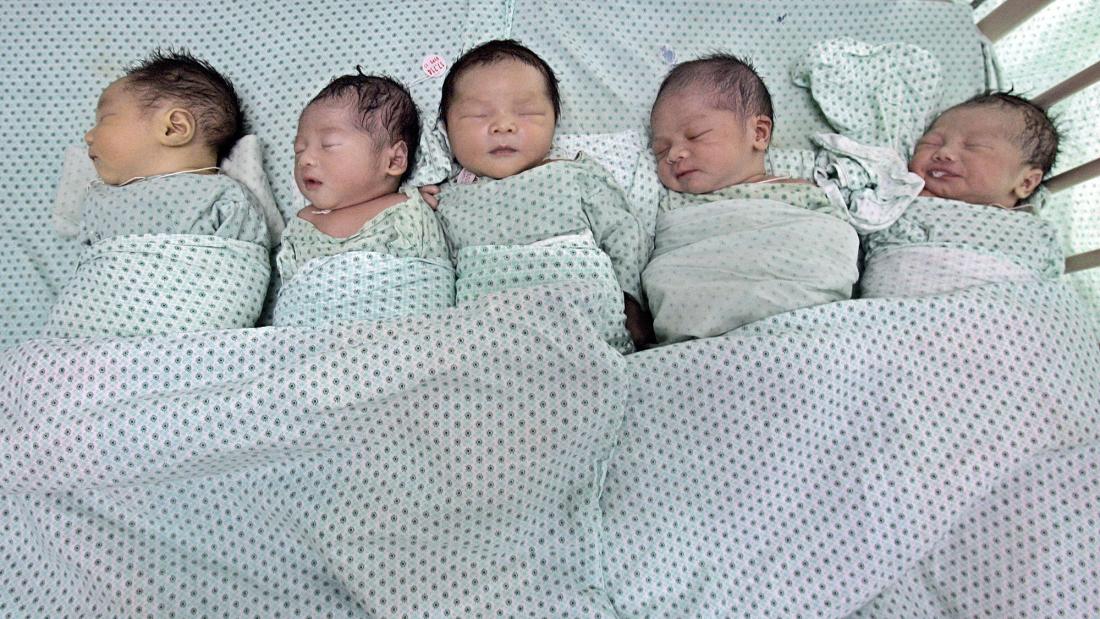The pandemic is making women reconsider when and if to have babies
Jobs are scarce, huge sections of the economy are shut down, and a deadly virus continues to spread around the world. Faced with these decidedly un-family-friendly conditions, American women are reconsidering their plans to have children.


Jobs are scarce, huge sections of the economy are shut down, and a deadly virus continues to spread around the world. Faced with these decidedly un-family-friendly conditions, American women are reconsidering their plans to have children.
About one third of women have decided to have fewer children or delay pregnancy because of coronavirus, according to a survey of more than 2,000 women by the Guttmacher Institute, a research organization focused on reproductive health. This change of plans is significantly more common among minority groups and those who are more economically vulnerable.
Those decisions follow a consistent pattern in US history: During times of economic stress, the birth rate drops. Both the Great Depression of 1929 and the recession of 2008 were times of relatively low births; some 2.3 million fewer children were born between 2008 and 2013 than if births had continued at pre-recession rates.
A drop in the fertility rate is an indication of lack of confidence about the future, says Kasey Buckles, economics professor at University of Notre Dame who has researched fertility as an economic indicator. “Given that economic hardship and uncertainty negatively affect fertility intentions, it is also not a surprise that Black, Hispanic, and low-income women are more likely to report these changes, as those groups have been hardest-hit by the pandemic,” she says. Throughout the pandemic, Black and Hispanic Americans have faced higher rates of unemployment than white people.
Queer women were also significantly more likely to want to put off having children or have fewer children. That could reflect different levels of access: Lesbians could struggle to get the fertility services needed to have a baby during the pandemic, says Lee Badgett, economist at the University of Massachusetts Amherst.
🎧 For more intel on fertility care, listen to the Quartz Obsession podcast episode on egg freezing. Or subscribe via: Apple Podcasts | Spotify | Google | Stitcher.
But economic stability plays a role, too. Both fertility and adoption services are a major expense. And for those queer women whose partners are men, Badgett’s research shows bisexual women are more likely to be poor than either heterosexual or lesbian women. “These broad comparisons by sexual orientation might be disguising the fact that economic challenges are also making certain parts of the queer community less likely to have kids because they can’t afford to get pregnant or raise kids,” she adds.
Amid so much economic difficulty and life uncertainty, it’s estimated the number of new births could fall by half a million next year. But not everyone has responded to the pandemic by putting off family plans: The Guttmacher survey found 17% of women wanted to have more children or have a child sooner because of the pandemic.